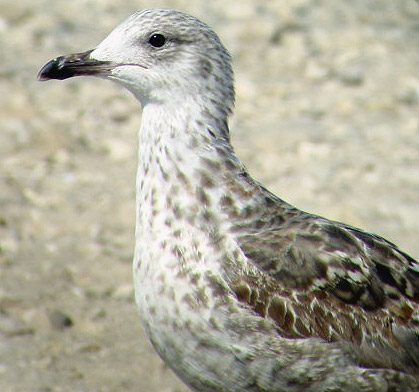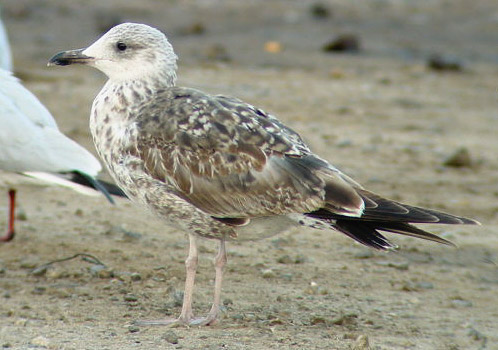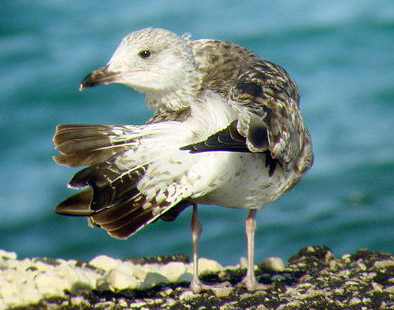 nominate Lesser Black-backed Gull (L. fuscus)
nominate Lesser Black-backed Gull (L. fuscus)
(last update:
Amir Ben Dov (Israel)
Hannu Koskinen (Finland)
Mars Muusse (the Netherlands)
fuscus 1cy July
fuscus 1cy Aug
fuscus 1cy Sept
fuscus 1cy Oct
fuscus 1cy Nov
fuscus 1cy Dec
fuscus 2cy Jan
fuscus 2cy Feb
fuscus 2cy March
fuscus 2cy April
fuscus 2cy May
fuscus 2cy June
fuscus 2cy July
fuscus 2cy Aug
fuscus 2cy Sept
fuscus 2cy Oct
fuscus 2cy Nov
fuscus 2cy Dec
fuscus 3cy Jan
fuscus 3cy Feb
fuscus 3cy March
fuscus 3cy April
fuscus 3cy May
fuscus 3cy June
fuscus 3cy July
fuscus 3cy August
fuscus 3cy Sept
fuscus 3cy October
fuscus 3cy Nov
fuscus 3cy Dec
fuscus 4cy Jan
fuscus 4cy Feb
fuscus 4cy March
fuscus 4cy April
fuscus 4cy May
fuscus 4cy June
fuscus 4cy July
fuscus 4cy Aug
fuscus 4cy Sept
fuscus 4cy Oct
fuscus 4cy Nov
fuscus 4cy Dec
fuscus ad Jan
fuscus ad Feb
fuscus ad March
fuscus ad April
fuscus ad May
fuscus ad June
fuscus ad July
fuscus ad Aug
fuscus unringed Aug
fuscus ad Sept
fuscus ad Oct
fuscus ad Nov
fuscus ad Dec
(3 images) Larus fuscus fuscus 2cy, February 27-28 2001, Manama harbour, Bahrain.In all respects a 2cy February Lesser Black-backed Gull. For Baltic Gull (fuscus) this individual looks robust, in jizz approaching graellsii and intermedius, but moult strategy and patterns on the coverts and scapulars are well in line with fuscus. Still, heuglini is difficult to exclude. Mantle and back second generation as can be seen in the image left. Here, the difference in ground tone of scapulars is obvious: a brownish ground tone in freshly moulted scapulars, bleached white ground tone in scapulars which were moulted first, last autumn. Most of the second generation scapulars show a barred pattern, not unlike the pattern in graellsii and intermedius. Although the typical pattern for second generation feathers is plain dark grey with a broad blackish wedge-shaped shaft, these anchors and barring may be seen in some individuals. Taking into account the severe light conditions in Bahrain, these recently moulted scapulars will bleach quickly and become paler this spring. Lesser and greater coverts are still juvenile: brown centred with a white fringe. The inner coverts show a notched fringe, the outer coverts show a white fringe of even width. The inner three greater coverts show a different pattern and are probably 2nd generation feathers. All primaries are still juvenile. In Baltic gull the inner primaries show no pale window. In image 3, the tail is spread. Three central tail-feathers look fresher, moulted recently, and still one of the central tail-feathers might even be growing. The bill shows some pink at the base. Showing these pictures at Howard King from Bahrain, he said this kind of plumage is exactly what one might expect of 1cy heuglini in early autumn. Especially the deep chestnut brown tone in the upper- parts can be seen in many juvenile - 1cy heuglini.
|


